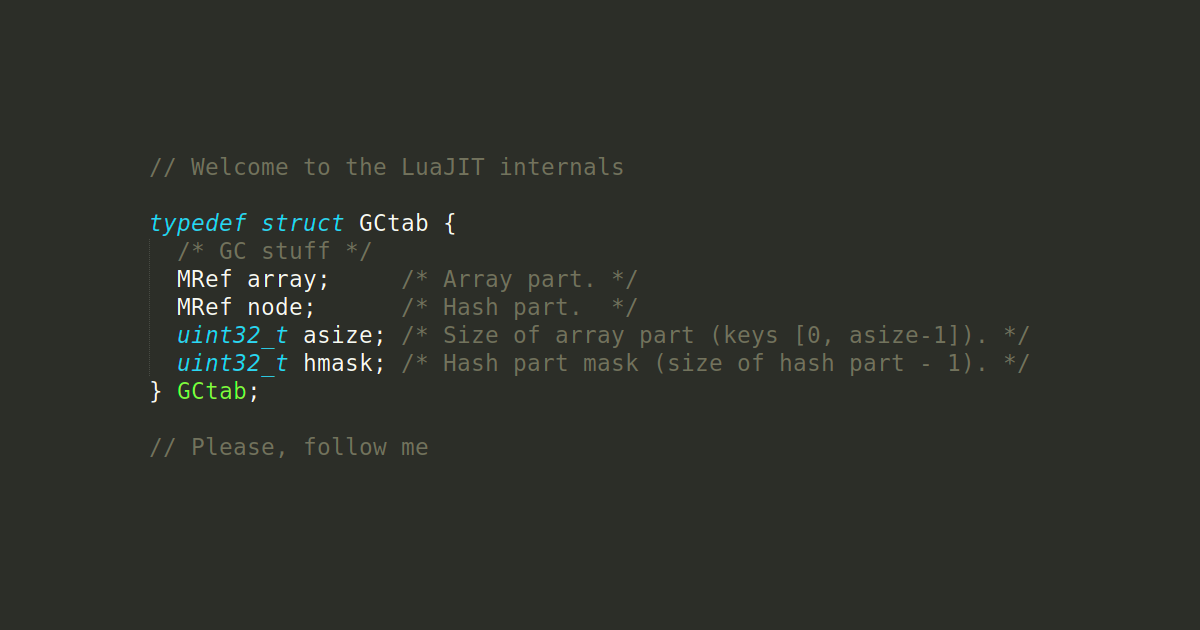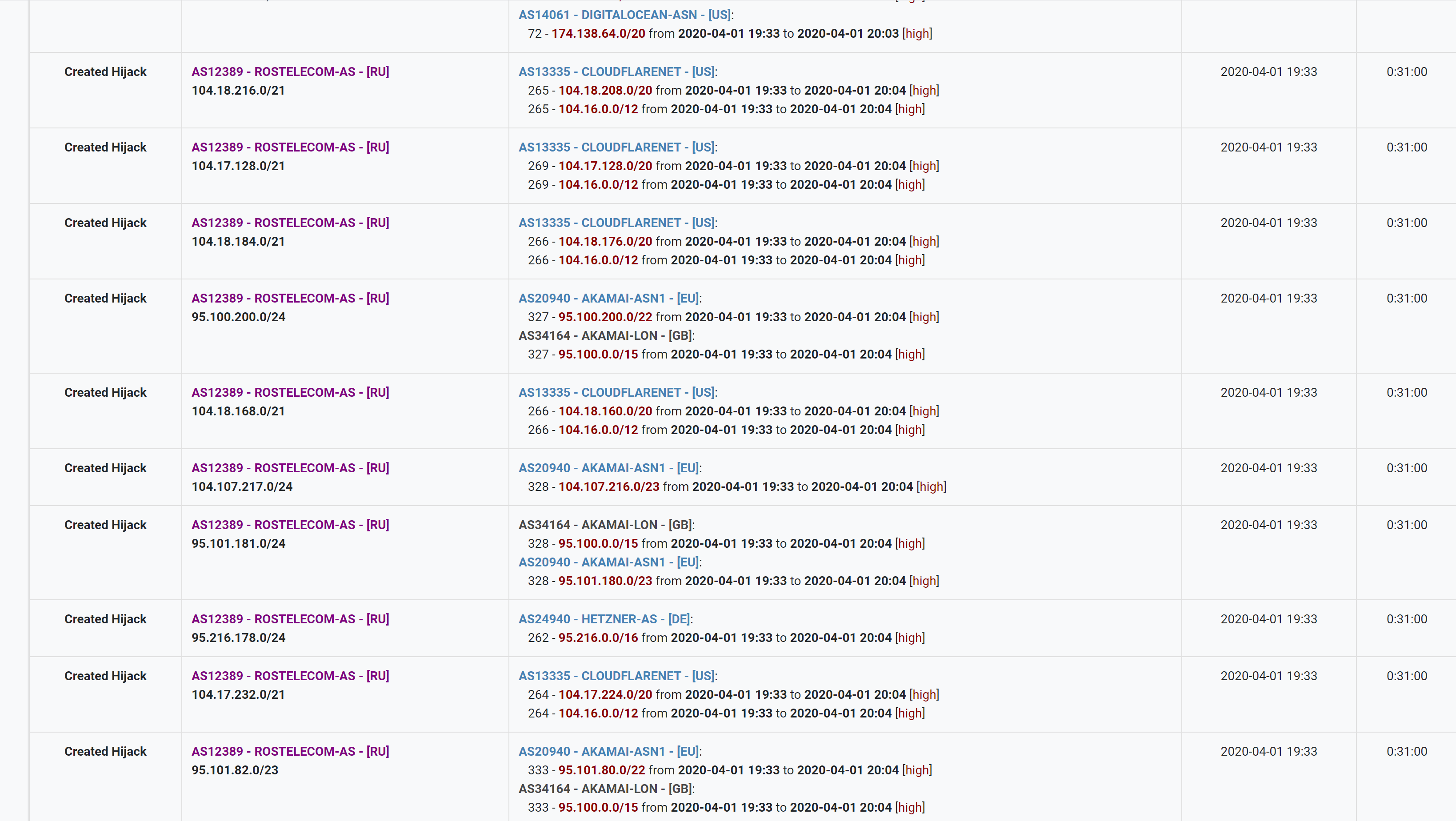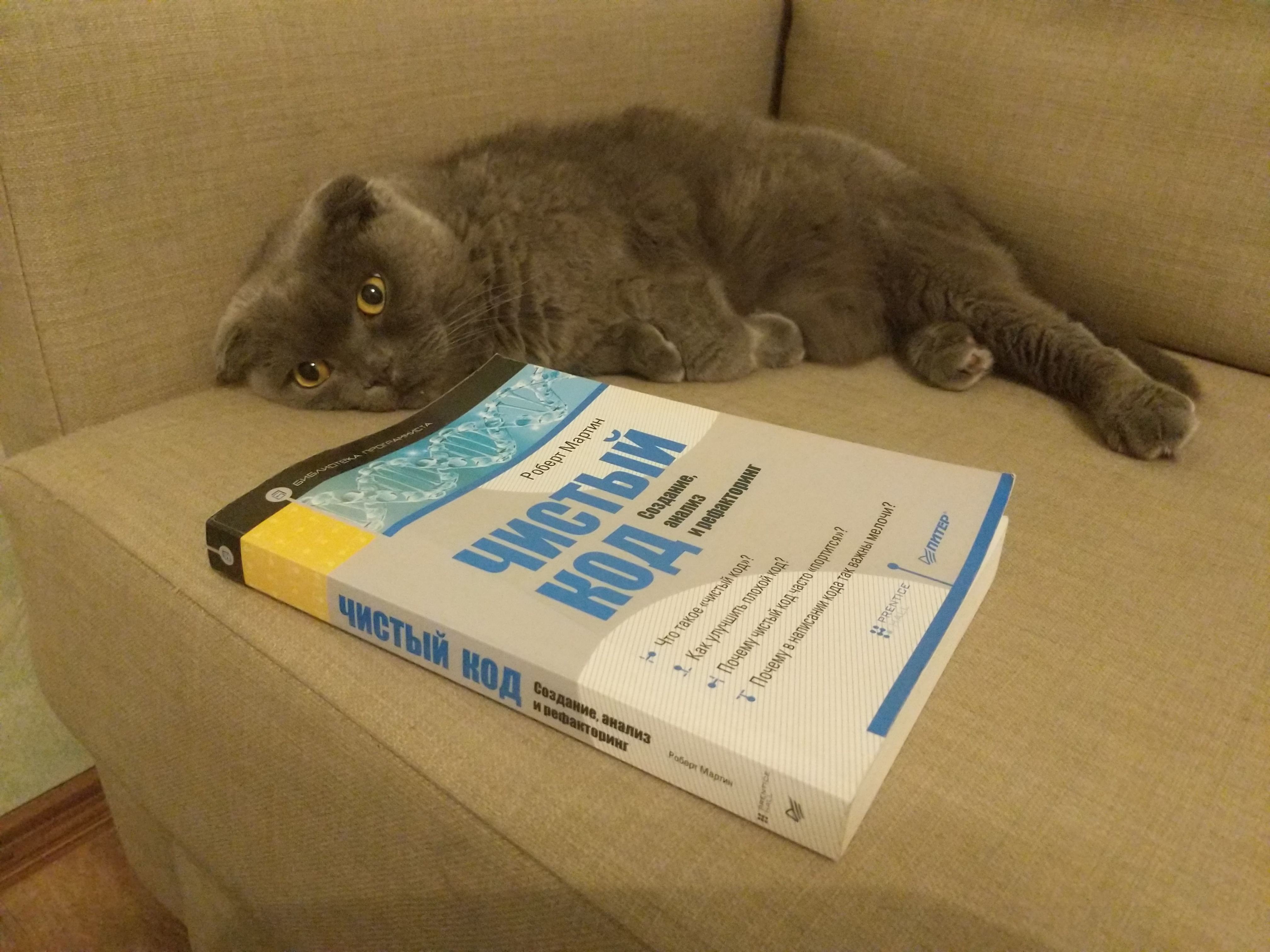
The Anatomy of LuaJIT Tables and What’s Special About Them









UPD: When we posted this article, Uncle Bob had our conferences in his schedule. Unfortunately, the situation has changed. We updated this post on March 12, to avoid any misunderstanding.




except blocks matter: if exceptions can be caught by more than one block, the higher block applies. The following code doesn’t work as intended:



asyncio tasks obviously have different stacks. You can view at all of them at any moment using asyncio.all_tasks() to get all currently running tasks and task.get_stack() to get a stack for each task.


PATH is an environment variable that stores paths where executables are looked for. When you ask your shell to run ls, the shell looks for the ls executable file across all paths that are presented in PATH.
pip install fast-enum# /path/to/package/static.py:
INITIAL = 0
PROCESSING = 1
PROCESSED = 2
DECLINED = 3
RETURNED = 4
...class MyModelStates:
INITIAL = 0
PROCESSING = 1
PROCESSED = 2
DECLINED = 3
RETURNED = 4

The goal of this quick reference is to collect in one place and organize information about value categories in C++, assignment, parameter passing and returning from functions. I tried to make this quick reference convenient to quickly compare and select one of solutions possible, this is why I made several tables here.
For introduction to the topic, please use the following links:
C++ rvalue references and move semantics for beginners
Rvalues redefined
C++ moves for people who don’t know or care what rvalues are
Scott Meyers. Effective Modern C++. 2015
Understanding Move Semantics and Perfect Forwarding: Part 1
Understanding Move Semantics and Perfect Forwarding: Part 2
Understanding Move Semantics and Perfect Forwarding: Part 3
Do we need move and copy assignment